Final Fantasy occasionally includes in-universe card games in various versions, including FFVIII and FFIX. Living up to the legacy after taking a 25-year break, developers incorporated a new card game known as Queen’s Blood in Final Fantasy 7 Rebirth.
Queen’s Blood is a bit challenging and takes some time to learn. However, it is fun and exciting once you understand how it works. It also helps add some depth to the game’s story, as you can collect cards to build and expand your deck along your journey in the main game. Notably, while the mini-game is mostly optional, it is mandatory in chapters five and six. On that note, let us take you through an in-depth guide to the Queen’s Blood to give you a head start in FFVII.
Queen’s Blood Explained
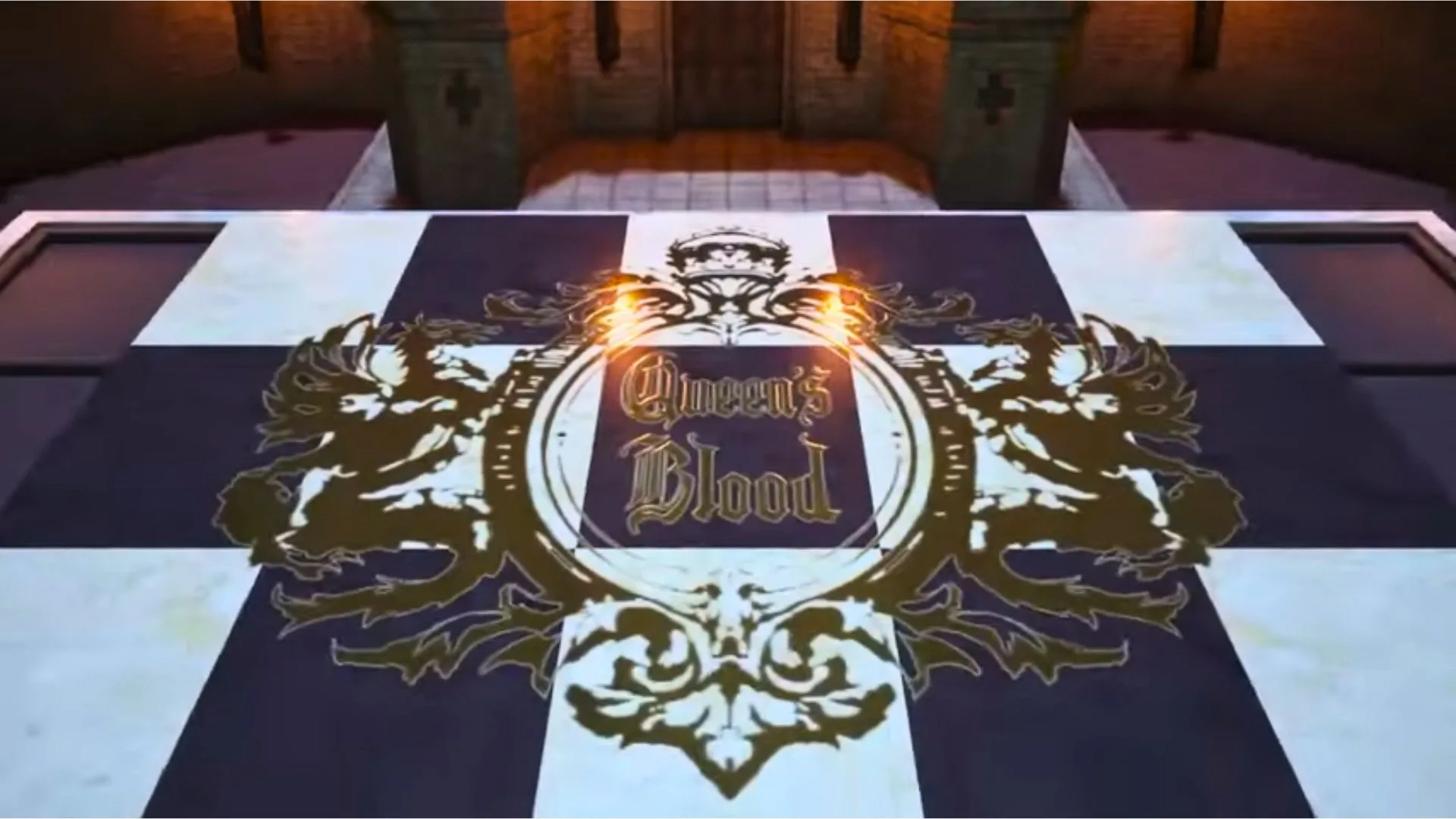
Queen’s Blood is a fun and competitive 1v1 card game in Final Fantasy 7 Rebirth. The game is played on a 3X5 board comprising three rows and five columns. The opposing team takes turns placing cards on the tiles until all tiles are filled, ending the game. In the end, the player with the highest points based on their cards’ power values wins.
This mini-game is mostly optional. However, participation is mandatory in certain parts of chapters five and six. It is also crucial to play and win it to enhance your expertise. Most players who take on this challenge often gain exemplary skills needed to tackle other side quests and the main game.
Types of Cards in Queen’s Blood
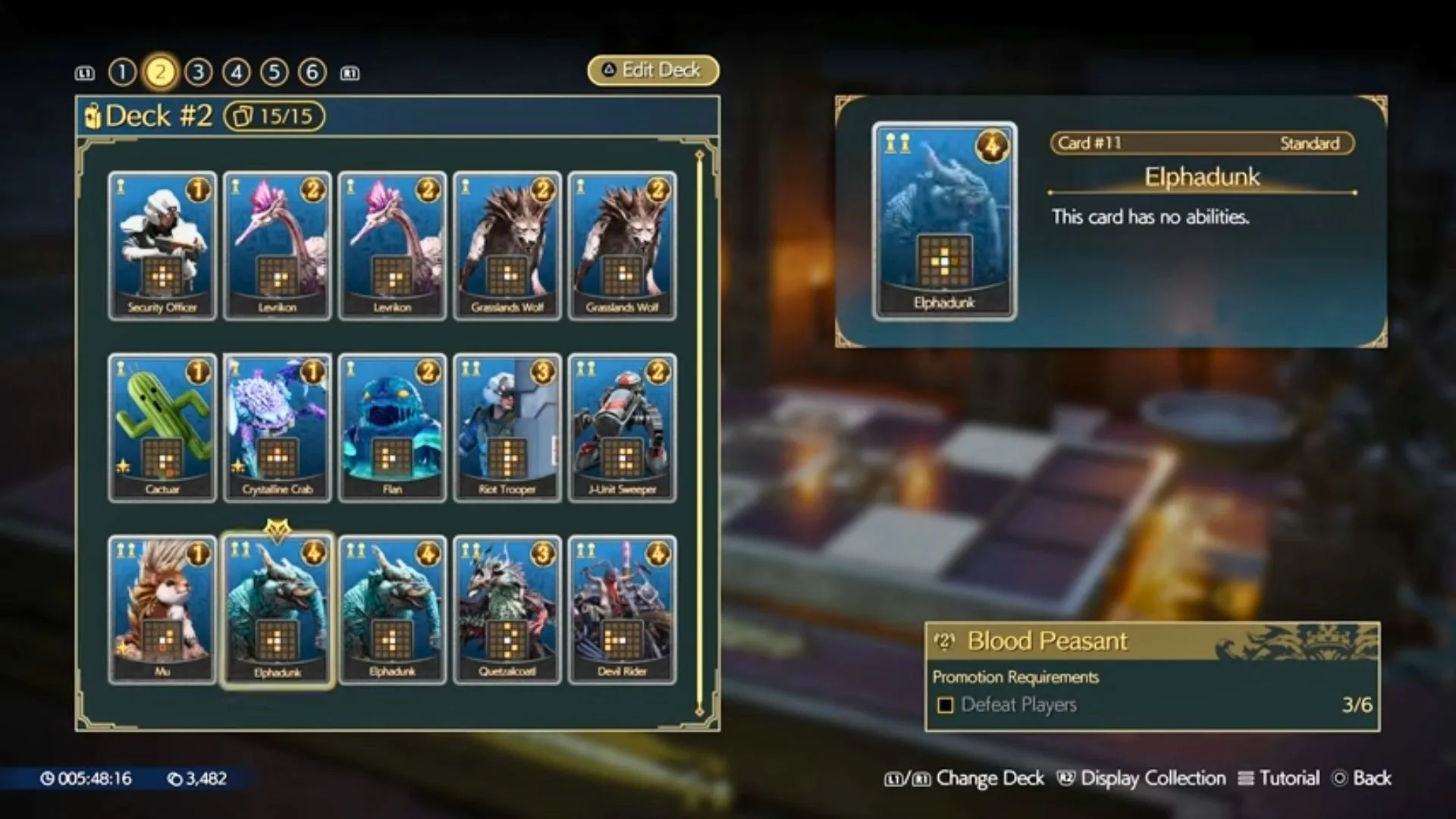
Most cards in Queen’s Blood are no-rules cards that only affect their respective tiles based on their power and rank values. However, some cards have varying special abilities. They are categorized into three types: Enhancing, Weakening, and Replacement cards. Noteworthy, all cards with special abilities have a star icon in the bottom-left corner.
Enhancing cards boost themselves or other cards in two ways. Most enhance the cards around them by increasing their power values, while some can add new monsters to your hand. On the other hand, some Enhancing cards can enhance other cards only when playing, while others can enhance adjacent cards throughout the entire game.
In contrast, Weakening cards weaken themselves or other cards. Overall, they weaken the power values of the cards they affect. In turn, cards whose power values drop to zero disappear from the board, and their tiles become neutral.
Finally, Replacement cards replace other cards based on the game’s current state. Notably, replacement cards can have game-changing benefits but are rare. Interestingly, these cards don’t require a tile with a specific rank to play. Moreover, they can activate cards that must be destroyed for their abilities to work.
How to Play Queen’s Blood
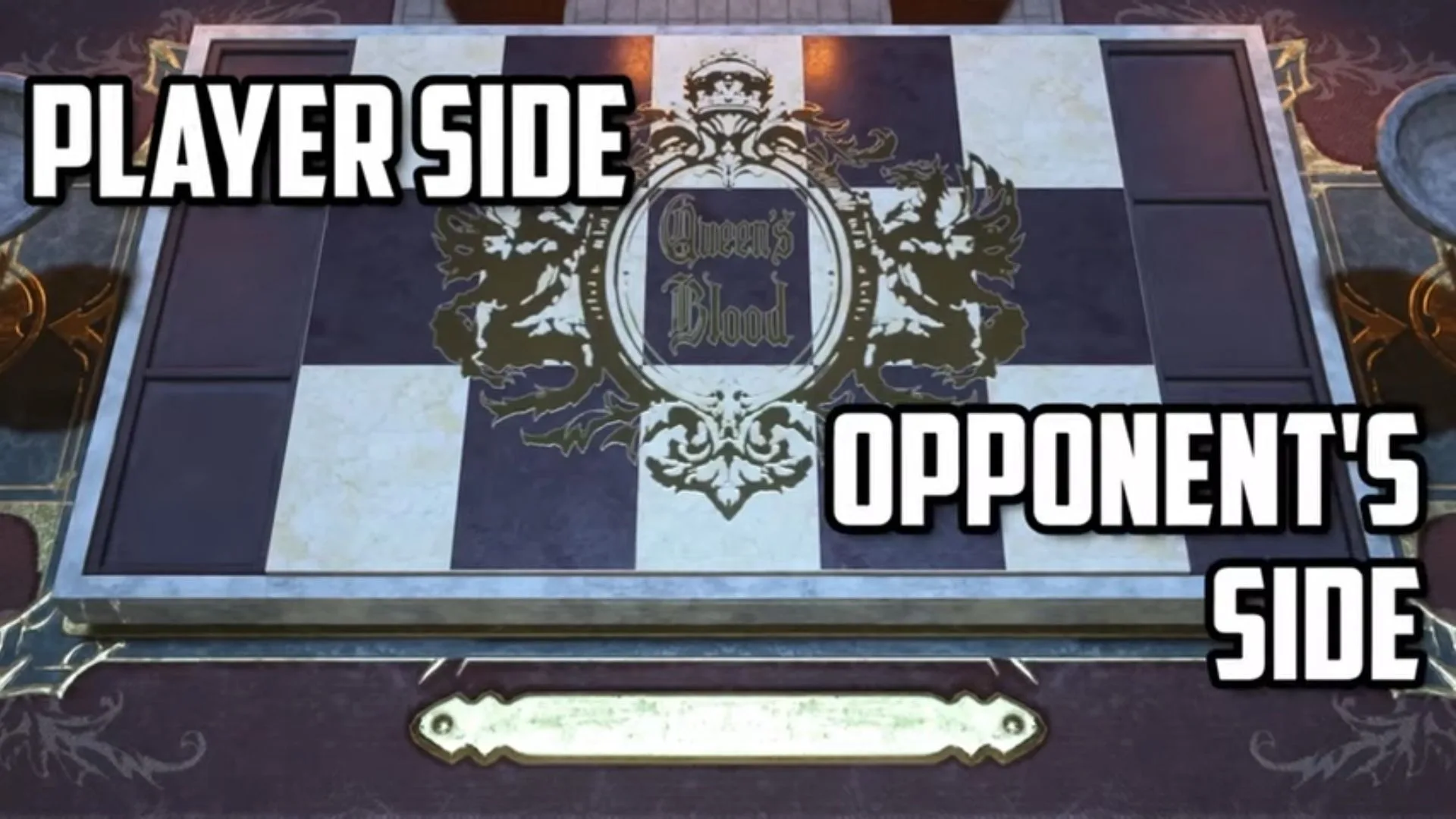
You have two important objectives when playing Queen’s Blood. First, to expand your reach and take over as many tiles on the board as possible. Second, to accrue the highest power values per row to beat your opponents.
Each card in the game features two numbers on the top corners: the rank value on the left and the power value on the right. The power value indicates how many points you get for the card. Notably, the game sums up the power values of all cards in a row to determine the winner.
Interestingly, the player with the highest total power value gets points, while the other player gets nothing. For example, if your cards in the top row have a total power value of six and the opponent’s cards on the same row have a value of five, you get six points, and your opponent gets nothing. In the end, the player with the most points from all three rows wins the game.
Color white highlights tiles where you can currently place your cards, while color yellow highlights tiles where you can place cards during the next rounds. As such, you can start the game by placing a card on the white tile.
Your pawns’ ranks increase when your yellow tiles overlap, enabling you to summon monsters with higher power values and increasing your probability of winning the row. Interestingly, your tiles can also overlap with an opponent’s tiles, enabling you to claim their positions and dominate the board. Unfortunately, your opponents can also claim your positions if they overlap with yours.
You can mulligan (change and replace) your cards if the current ones on your deck aren’t ideal to play. Mulligan is especially handy when you have high-value cards you don’t want to play right away. However, you can only mulligan once, so you must play the cards you get on the second shuffle. Moreover, you can also hover your card over a tile before placing it down to get a preview of its effects, enabling you to optimize your gameplay.
Queen’s Blood Ranks & Rewards
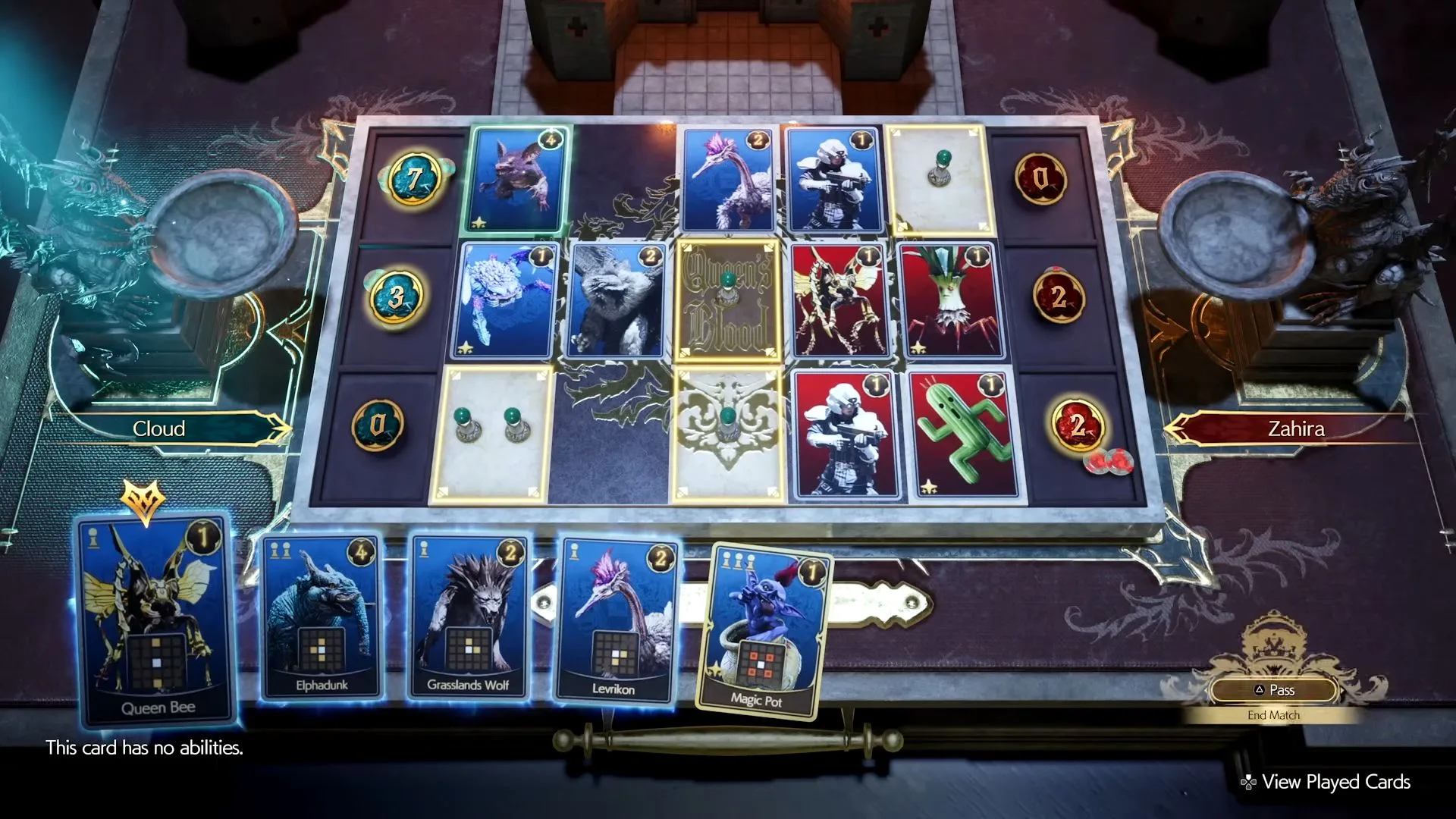
Your rank in Queen’s Blood increases as you win against more NPCs. However, your opponents must attain a minimum rank before you can challenge them.
In addition to rising up the ranks, you also win varying exciting rewards every time you beat an opponent. Most commonly, winning matches enhance the side quests with which Queen’s Blood intersects. You can also earn access to exclusive cutscenes if you win the tournament on the Shinra-8 cruise boat in Chapter 6.
How to Collect Cards
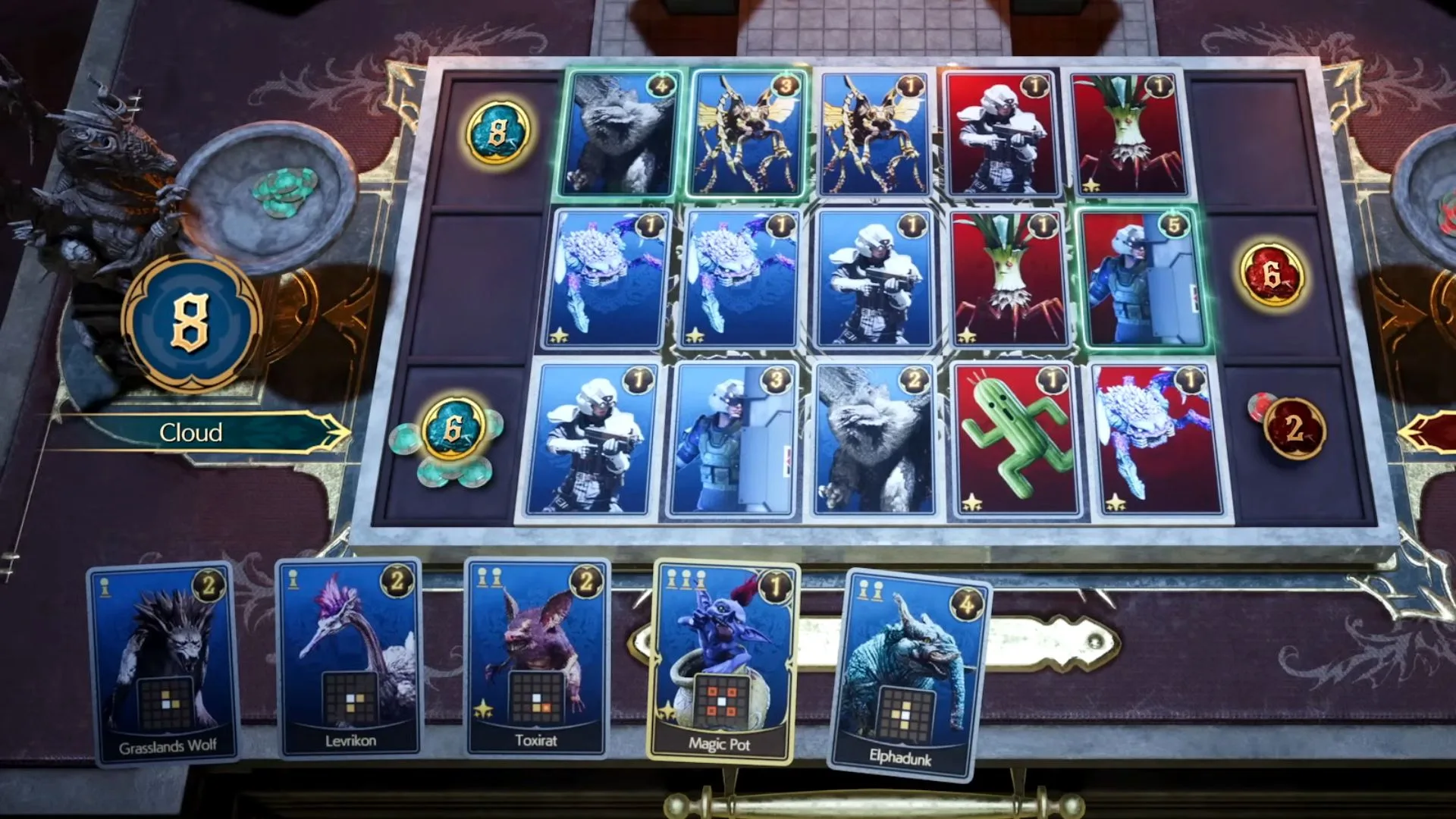
You can collect cards to play Queen’s Blood in two ways. First, you can buy booster packs with diverse cards from participating vendors in major cities in the main game. This is the easiest way to collect low-value cards. Moreover, it is the only way to collect certain cards that you cannot earn by beating your opponents.
Second, you can earn cards by beating your opponents. Overall, you get a new card every time you beat an opponent in Queen’s Blood. Interestingly, winning is the only way to collect the most powerful cards in the game.

 2 months ago
91
2 months ago
91







